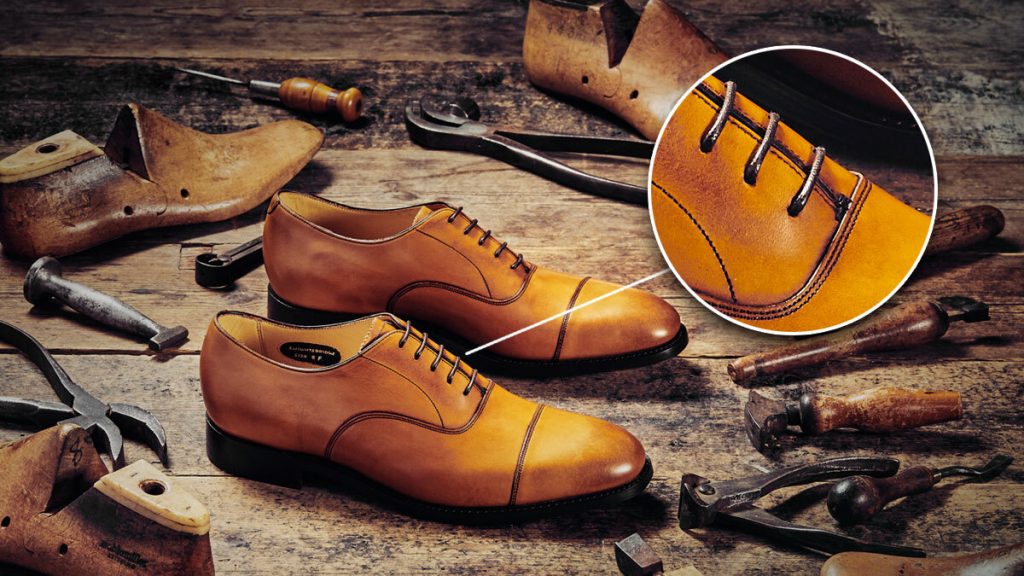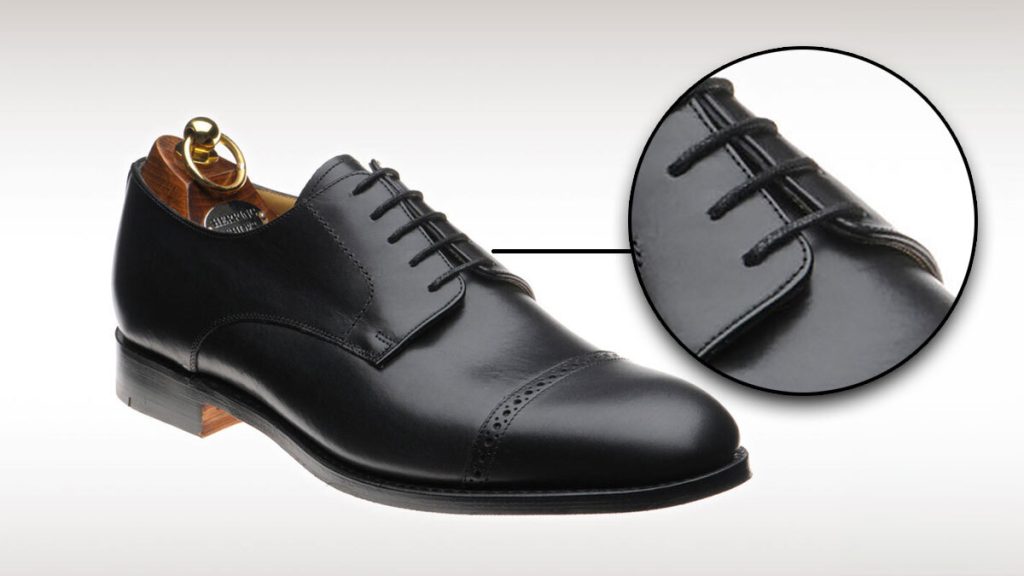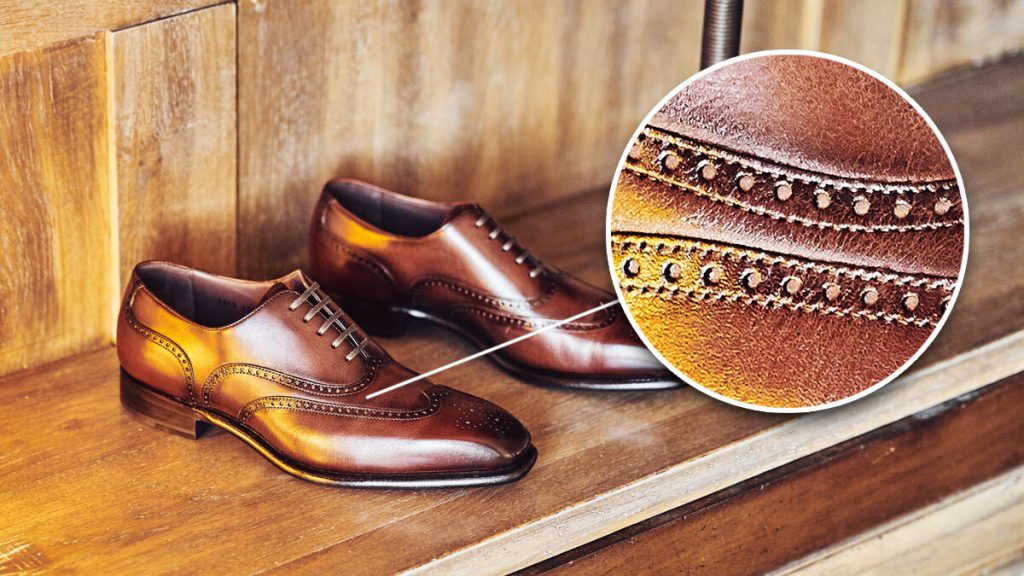Let’s dive into one of the most asked questions we receive here at Herring Shoes HQ: What makes a shoe a Derby or Oxford?
You can thank the students from Oxford University for the terminology ‘Oxford’. Back in the 1800s they were the ‘in’ style to be seen wearing and they became well known for wearing them almost exclusively and from then the name has stuck.
We should start by saying we know it’s a common misconception to picture a shoe with a line across the toe cap when someone mentions an Oxford. But this is not what defines an Oxford, this line is called a ‘capped toe‘ and can be found on both Oxford or Derby styles, so it’s important to know any good shoemaker will not refer to an Oxford capped shoe as an Oxford style purely because of the cap.
So, what exactly is an Oxford style? When referring to shoes as an Oxford, this terminology means the construction of the lacing area has a closed-lacing system (a V shape when worn) which is stitched flush with the rest of the upper. It is a classic form of a dress shoe and considered the most elegant, neat and tidy variation. It has nothing to do with the pattern on the shoes.
Tip: If you find that the V shape disappears when tying your shoes, this is likely a sign they are a little too large for you.

The Derby (AKA the Gibson). Instead of the V shape lacing above, you have what looks like two flaps of leather that sit above the upper to create an ‘open lacing system’ which is stitched over the facing. This means there is more space in the instep area.

When would you wear an Oxford?
Traditionally this style is synonymous with suits and smart dress only. The truth is, you can wear them with pretty much anything depending on the pattern. For example, an Oxford toe capped style is best suited to smart dress and formal occasions, but if you were to swap the toe cap out for a lovely brogue pattern then all of the sudden you can get away with pairing them up with jeans, chinos, and more smart/casual attire.

Why would you wear a Derby?
So, the above also applies to the Derby style but there is one key element that may make you consider this construction instead: Flexibility over the instep. If you have a higher instep (it is more common than you’d think) then you may find yourself buying shoes larger than your actual size to compensate for your prominent instep and ultimately this is not great as the rest of the shoes won’t be a good fit. A Derby will allow you to buy your regular size and also have the flexibility to expand to your instep, the difference in comfort is immediately noticeable, especially if you have always struggled to find shoes to fit you properly around the lacing area. Let’s not forget that the Derby is the perfect style for that country chic look, especially when paired with a thick country sock!





